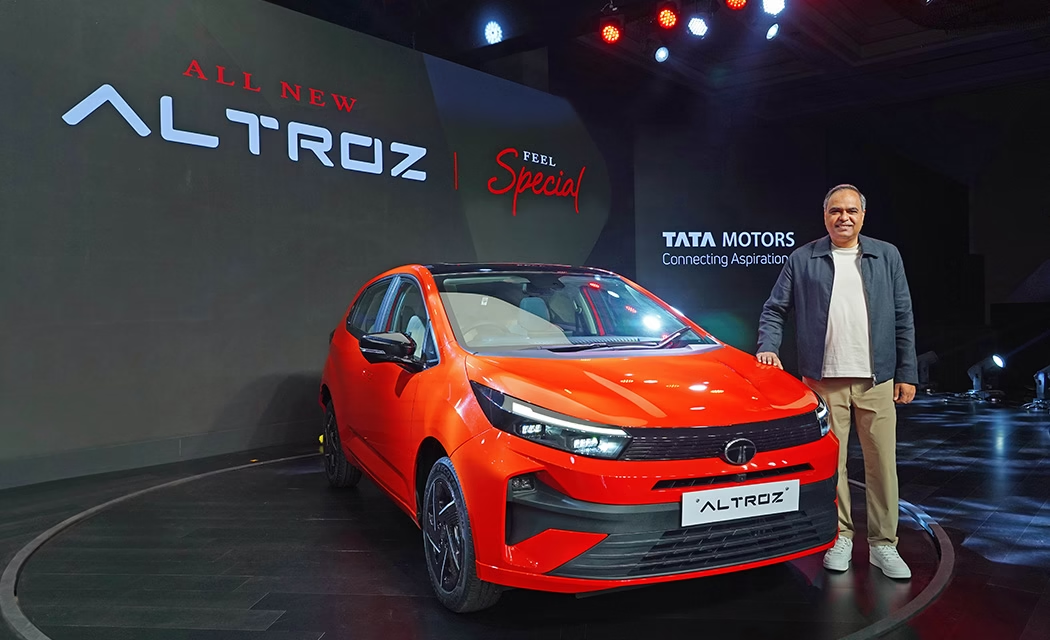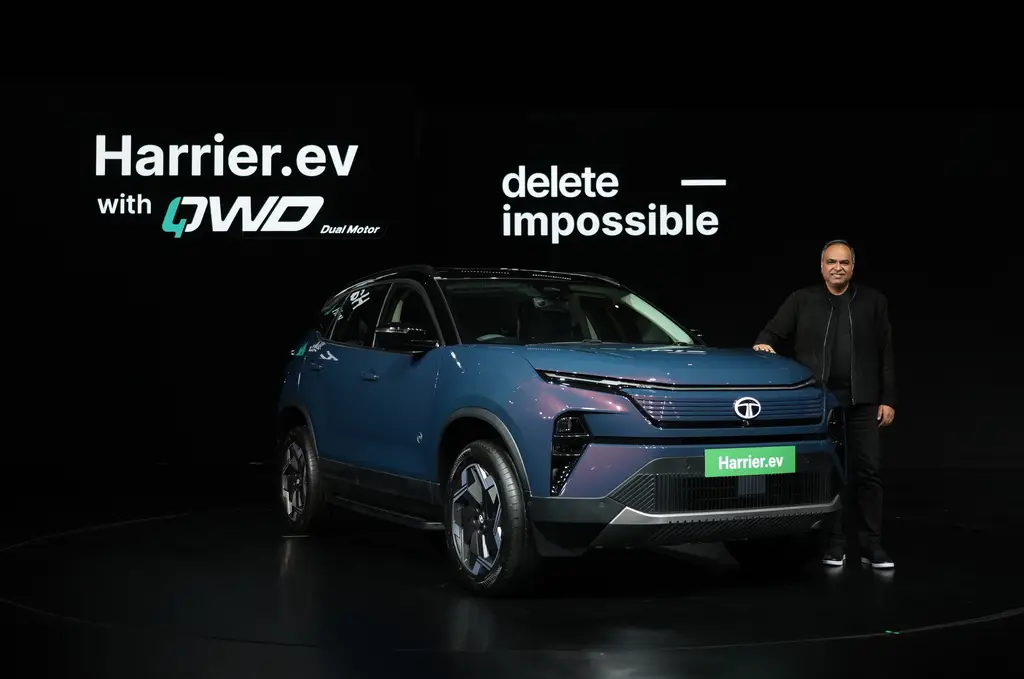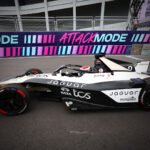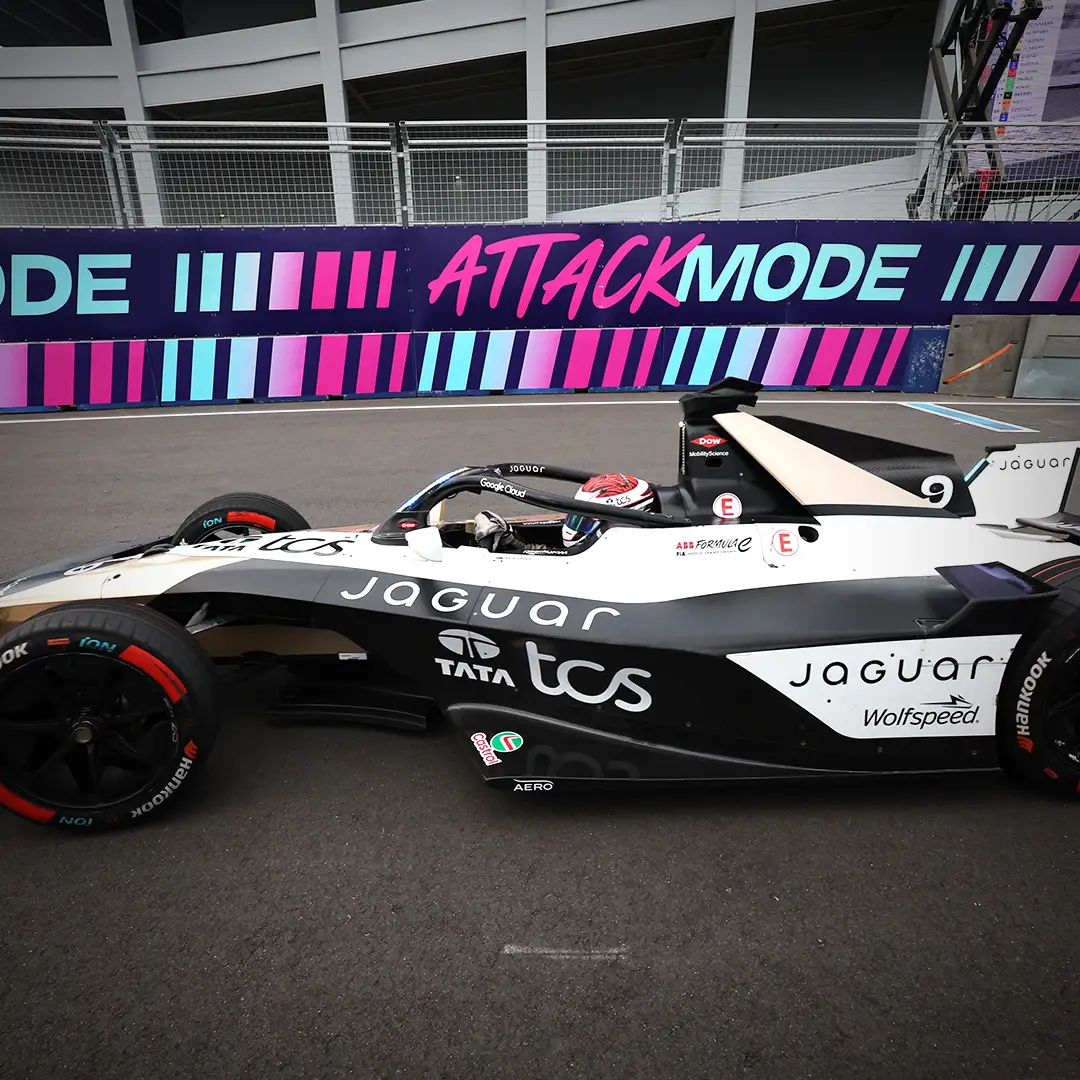How an Automotive Titan Redefined Brand Power in the Electric Age
When the WCRC Intelligence Unit unveiled its India’s 50 Most Powerful Brands ranking, Tata Motors didn’t just secure a podium position – it rewrote the rules of automotive dominance. Clinching #3 nationwide with a near-perfect Brand Power Index (BPI) of 96/100, Tata Motors emerged as India’s highest-ranked automaker, outscoring legacy rivals through a masterclass in strategic reinvention.

The Triple-Engine Advantage: Decoding the 96 BPI Score
WCRC’s proprietary Brand Power Index – assessing 112 variables across three pillars – reveals Tata Motors’ strategic supremacy:
| Pillar | Score | Industry Avg | Key Drivers |
|---|---|---|---|
| Structural Resilience | 97 | 84 | 55% EV market share, ₹22.4K Cr automotive FCF, net cash-positive balance sheet |
| Cognitive Dominance | 96 | 79 | 89% brand recall in SUV/EV segments, “Tata” as synonym for automotive safety |
| Future-Proofing | 95 | 72 | 8,000+ Ace EVs deployed, India’s first hydrogen truck trials, 5-star safety ecosystem |
This trifecta positions Tata Motors not merely as a carmaker, but as India’s de facto mobility architect 1.
The Trust Symmetry Phenomenon
Tata Motors exemplifies WCRC’s landmark finding: the unprecedented 100% correlation between Consumer Preference and Brand Recall scores across all 50 brands. For Tata, this manifests as:
- Verb Status Adoption: 76% of urban Indians trust “Tata” when referencing vehicle safety
- Decision Compression: 48-hour EV purchase cycles post-test drive (vs. industry average 14 days)
- Crisis Resilience: 3.2x higher customer retention during supply chain disruptions
As Abhimanyu Ghosh, Editor-in-Chief of WCRC, notes:
“Tata Motors achieved what few hardware brands can: converting product functionality into cultural shorthand. Their Harrier isn’t just an SUV—it’s the ‘Harrierization’ of premium mobility.” 1
The Ecosystem Playbook: Beyond Metal and Motors
Tata’s dominance stems from orchestrating three interconnected systems:
1. Electrification Moonshot
- Market Control: 55% of India’s EV market (73,800 units sold FY25)
- Price Parity Pioneering: Curvv EV launching at petrol-equivalent pricing
- Infrastructure Lock-in: 4,500+ Tata Power charging stations nationally
2. Safety as Semantics
- 5-star Global NCAP ratings across 6 models
- 91% of Indian parents associate “Tata” with “family safety”
3. Industrial Symbiosis
- Leveraging Tata Group’s steel, tech, and renewable energy arms
- JLR’s £2.5B profits funding Indian EV R&D (10.7% EBIT margins)
This ecosystem generated what WCRC terms “the trust multiplier” – every 10 BPI points translated to 7% valuation premium 1.
The Competitive Chasm
Tata Motors’ 96 BPI reveals a staggering sectoral lead:
- 13 points above Maruti Suzuki (No. 16, BPI 83)
- 7 points beyond Mahindra (No. 17, BPI 83)
- Outperforms automotive sector average by 11.5 points 1
WCRC attributes this gap to Tata’s “software-defined vehicle” strategy – embedding over-the-air updates, AI-driven predictive maintenance, and subscription features years before rivals.
The Road Ahead: Charging Through Challenges
Despite dominance, WCRC flags critical frontiers:
- Geographic Imbalance: 68% of sales from Tier 1 cities (vs. Mahindra’s 42% rural penetration)
- Infrastructure Gap: Charging station coverage trails EV sales growth by 23%
- Luxury EV Pressure: JLR’s 10.7% margins face squeeze from trade tariffs and battery costs
Tata’s counterplay focuses on:
- Vernacular AI: Integrating Hindi/Tamil voice interfaces in 2026 models
- Hydrogen Highway: Piloting 50 hydrogen trucks on Delhi-Mumbai corridor
- Subscription Economy: Offering EVs at ₹25,999/month with free charging
The Last Mile
Tata Motors’ power stems not from selling cars, but from selling certainty. In a nation navigating the chaos of electrification, it offers a rare blueprint: safety as standard, green as viable, innovation as accessible. As WCRC’s data proves, they haven’t just built vehicles—they’ve engineered trust. And in India’s $10 trillion mobility future, that’s the ultimate horsepower.
*This analysis is based exclusively on the WCRC Intelligence Unit’s “India’s 50 Most








